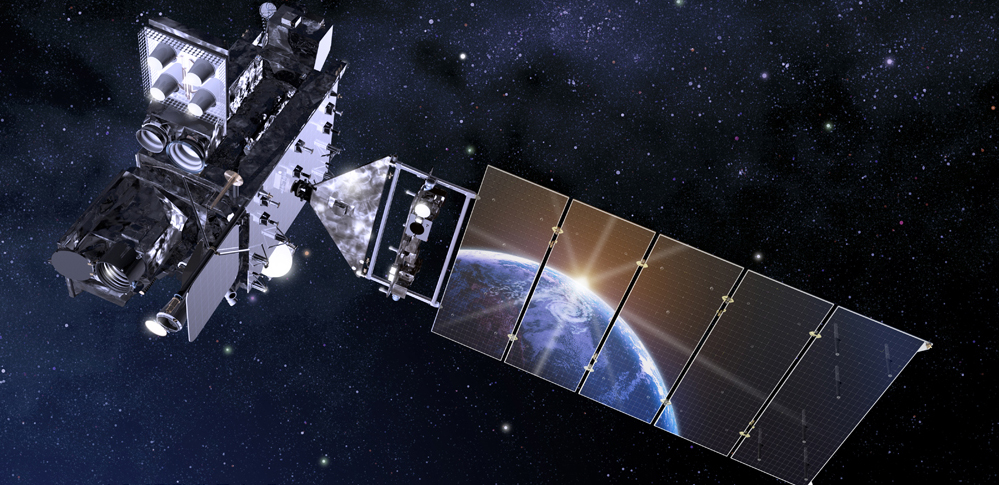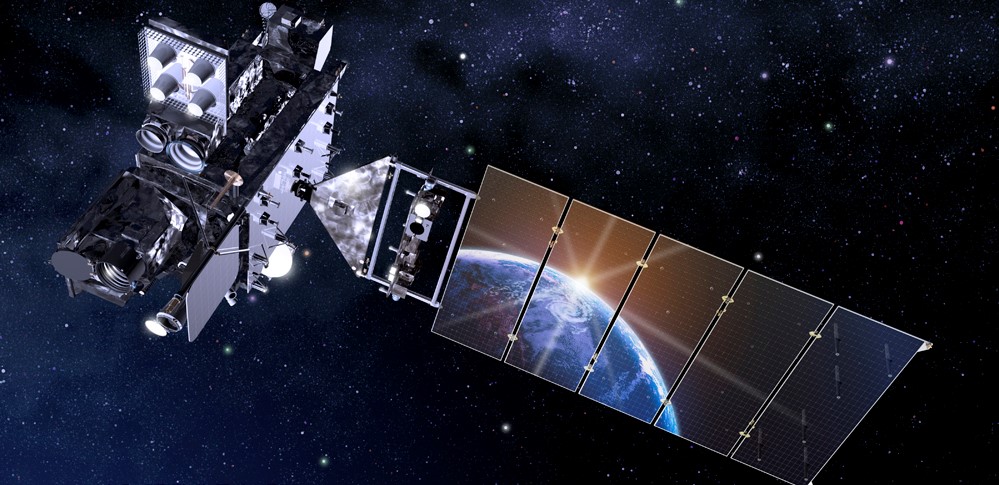
NASA and the National Oceanic and Atmospheric Administration (NOAA) are now targeting Feb. 16, 2022, for the launch of the Geostationary Operational Environmental Satellite T (GOES-T) mission. The launch was previously planned for Jan. 8, 2022. NASA, NOAA, and United Launch Alliance (ULA) coordinated the new target date to optimize launch schedules for missions flying from Space Launch Complex-41.
GOES-T will launch from Cape Canaveral Space Force Station in Florida on a United Launch Alliance Atlas V 541 rocket. The two-hour launch window will open at 4:40 p.m. EST. This launch is managed by NASA’s Launch Services Program based at Kennedy Space Center.
GOES-T is the third satellite in the GOES-R Series, which will extend NOAA’s operational geostationary satellite observations through 2036. The GOES satellite network helps meteorologists observe and predict local weather events, including thunderstorms, tornadoes, fog, hurricanes, flash floods and other severe weather.
NOAA manages the GOES-R Series Program through an integrated NOAA-NASA office, administering the ground system contract, operating the satellites, and distributing their data to users worldwide. NASA’s Goddard Space Flight Center oversees the acquisition of the GOES-R spacecraft and instruments. Lockheed Martin designs, creates, and tests the GOES-R Series satellites. L3Harris Technologies provides the main instrument payload, the Advanced Baseline Imager, along with the ground system, which includes the antenna system for data reception.
Looking forward, NOAA is working with NASA on the next-generation geostationary satellite mission called Geostationary Extended Observations (GeoXO), which will bring new capabilities in support of U.S. weather, ocean, and climate operations in the 2030s. NASA will manage the development of the GeoXO satellites and launch them for NOAA.

